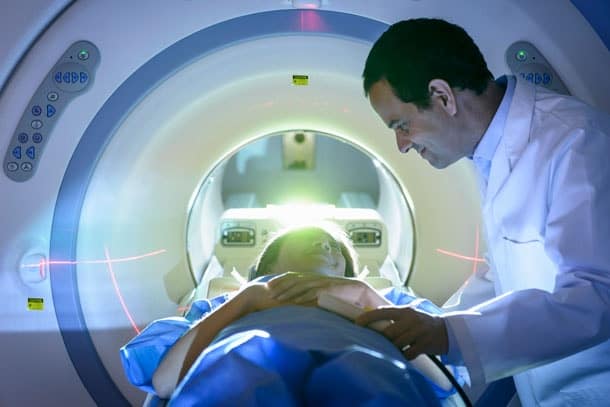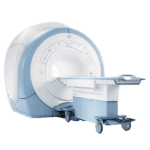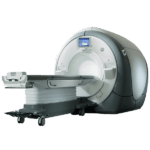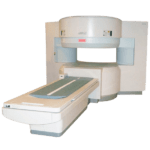Content in the substantia nigra in order to better decipher the effects of stroke on the brain
According to a study released in the March 12 issue of Radiology, French researchers have broken new ground in measuring iron content in the substantia nigra in order to better decipher the effects of stroke on the brain as well as long-term patient outcomes, all with a basic MR imaging technique called R2* mapping.
R2* mapping is able to detect increased iron concentrations in the substantia nigra. In order to monitor neurodegeneration and poor motor function among stroke patients, R2* mapping can be added to follow-up MRI scans.
Quoted from the article is lead author Dr. Pierre Antoine Linck from Centre Hospitalier Universitaire in Bordeaux: “Although secondary neurodegeneration of the substantia nigra has been previously proposed, no insight on the potential clinical relevance of this phenomenon has previously been reported. Taking advantage of quantitative R2* mapping, we provide preliminary evidence for a relationship between substantia nigra R2* changes and long-term outcome after stroke.”
The substantia nigra is a part in the brain that controls motor function, emotions, cognition, and motivation. Since the substantia nigra is connected to the supratentorial region as well as other parts of the brain, it has been thought that infarctions occurring in other areas can adversely affect it. Linking nearby or distant infarcts to the degeneration of the substantia nigra after a supratentorial stroke has not been studied before Dr. Linck’s research.

MRI is a great tool in helping to detect changes in iron concentration in the brain with R2* mapping. Normal brain function needs iron to run smoothly, but too much of the nutrient can cause neurodegeneration. Until now, however, postmortem brain exams were the only way of determining degeneration in the substantia nigra. To quote researchers once more: “Better techniques are required to understand the impact of supratentorial injury on the substantia nigra after stroke.”
The research conducted by Dr. Linck and his team used 181 patients that they enrolled between June 2012 and February 2015 in order to test R2* mapping efficacy in connecting iron content and neurodegeneration. The participant group included 127 men and 54 women with a mean age of 64.2 years (± 13.1 years) who presented with suspected minor to severe supratentorial cerebral infarcts (75 striatum infarcts and 106 other brain locations). 24 to 72 hours after their event, the patients were evaluated on diffusion-weighted MR imaging.
A 3T MRI scanner with a 32 channel phased-array head coil was used for the study (Discovery MR 750w, GE Healthcare). After a year researchers conducted follow-up imaging using the same protocol for baseline. This included diffusion-weighted imaging (DWI) and corresponding apparent diffusion coefficient values, 3D T1-weighted images, and 2D T2* multiecho fast gradient echo sequences. R2* maps were computed from multiecho T2*, followed by coregistration of all sequence maps to the native 3D T1 images.
Get Started
Request Pricing Today!
We’re here to help! Simply fill out the form to tell us a bit about your project. We’ll contact you to set up a conversation so we can discuss how we can best meet your needs. Thank you for considering us!
Great support & services
Save time and energy
Peace of mind
Risk reduction
At their one year follow up, it was discovered that higher average R2* values within the substantia nigra after a supratentorial infarction, which the authors mentioned as “a finding that we interpret as iron accumulation as a result of neurodegeneration.” R2 maps consistently showed higher substantia nigra R2* values (iron concentration) when the infarct occurred at the ipsilateral striatum compared with R2* values when the infarct occurred in other locations. What this means is that if strokes occurred in disconnected areas, R2* mapping of iron content would still be able to image neurodegeneration remotely.
Dr. Thomas Tourdias, PhD, study co-author and professor of radiology, added in a statement:”This finding could be clinically useful because it shows that a simple magnetic resonance imaging method such as R2* can provide a more comprehensive picture of the consequences of an infarct.”
There was, in addition, an association between high iron content and poor long-term physical outcomes for stroke patients as noted by the authors. This happened in particular when increased iron levels were found on the same side of the brain where the infarction occurred. Follow-up tests showed reduced performances of patients when they tried to use their nondominant arms, as well as in a 10-mile walking test.
The authors observed: “To our knowledge, for the first time, we demonstrated that degeneration of the substantia nigra may be associated with less favorable clinical outcome.”
Due to their results, the researchers’ findings support the belief that iron imaging can be used as a marker for neurodegeneration, and is currently being explored for neurodegenerative diseases like Parkinson’s. The R2* mapping would be added to follow-up MRI patient scans after a stroke in order to monitor neurodegeneration by assessing the iron levels in the substantia nigra.
Sources: March 12, 2019 issue of Radiology; Aunt Minnie



